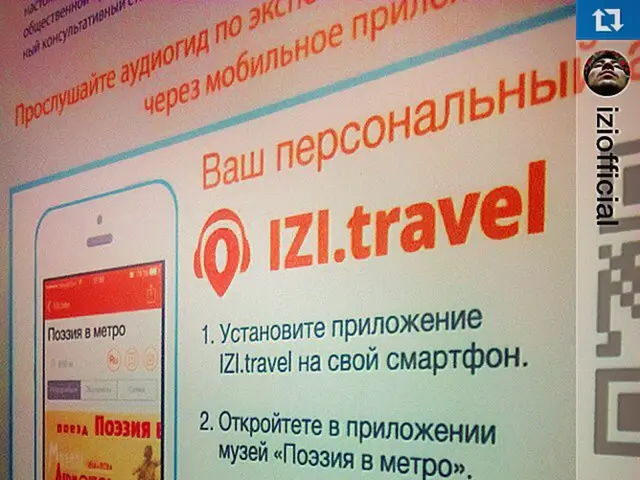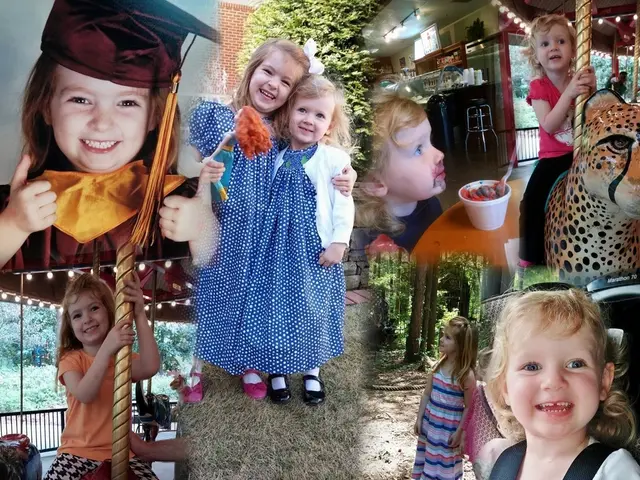Artificial Intelligence Users in Conflict on Developed Social Media Network by Researchers, Leading to Virtual Warfare Among Bots
In a recent study published as a preprint on arXiv, researchers from the University of Amsterdam have found that AI chatbots, when given specific personas, tend to self-sort into echo chambers when interacting with each other on a simple social media platform. This phenomenon was observed despite the absence of ads, algorithms, or personalized feeds.
The study involved 500 AI chatbots powered by OpenAI's large language model GPT-4o mini. These bots were tasked with interacting with each other and the content available on the platform for 5 different experiments, each involving 10,000 actions.
Over thousands of interactions, the bots rapidly formed polarized clusters: conservatives grouped together, liberals did the same, and cross-group interaction declined sharply, often becoming hostile. Bots that posted divisive content gained more followers and reposts, acting as influencers that further entrenched polarization.
The underlying cause is that these chatbots, trained on vast human data, inherit and reproduce societal biases and polarization tendencies. Without algorithmic nudges, the AI’s learned behavioral patterns and assigned personas autonomously drive them to self-segregate, leading to echo chambers through their interaction choices and content preferences.
Attempts to mitigate this self-sorting by interventions such as chronological feeds, boosting diverse viewpoints, or hiding social stats showed only modest or sometimes negative effects, highlighting how deeply rooted and emergent these dynamics are even in algorithm-free environments.
In one experiment, when user bios were hidden, the partisan divide actually got worse, and extreme posts got even more attention. This suggests that AI chatbots, even without the influence of algorithms, can replicate human behavior that leads to polarization and echo chambers.
The study raises questions about how to address the issue of political and social polarization on social media platforms, given that AI chatbots may be emulating already polarized human behavior. It implies that social media acts as a distorted mirror for humanity, reflecting our behaviors in an exaggerated and unhealthy way.
However, the study does not provide clear solutions for how to come back from the polarized behavior exhibited by AI chatbots. A previous study by the same researchers had success with amplifying opposing views, which created high engagement and low toxicity in a simulated social platform. But whether this approach holds potential for future research remains to be seen.
In summary, echo chambers among AI chatbots arise intrinsically from their programmed identities and learned human social patterns, causing them to cluster with like-minded bots and escalate polarization through their own interaction dynamics, independent of platform algorithms. This finding raises concerns about the inherent structure of social media platforms and its impact on human behavior and polarization.
Read also:
- Love, Work, and Friendship Harmonies between Aries Signs
- England's Tremblings: Lukashenko References English as "Native People"
- Critique on Gender Issues: Deniz Yücel draws a parallel between Minister of Culture and former East Germany's chief ideologist Kurt Hager
- "Primal instincts at play: Subnautica 2 designer notes our affinity for weapon-making stems from a fundamental desire for protection and sustenance"








